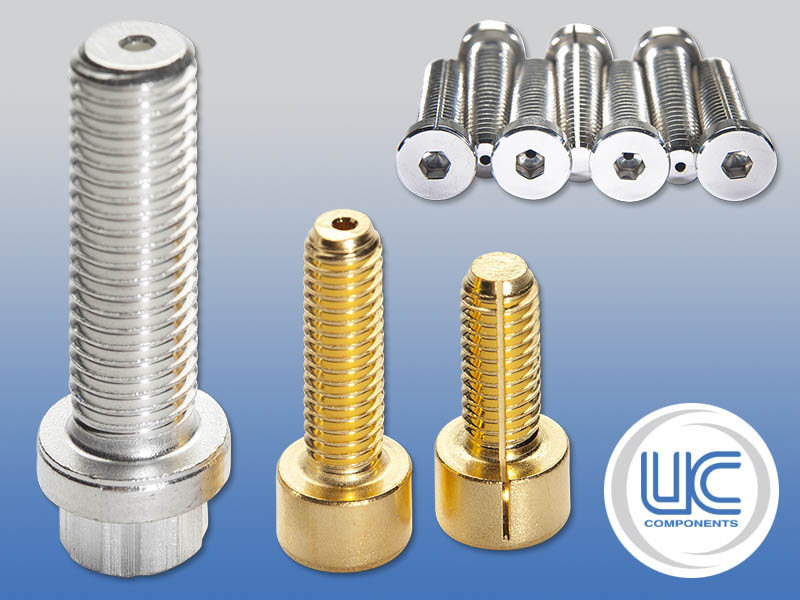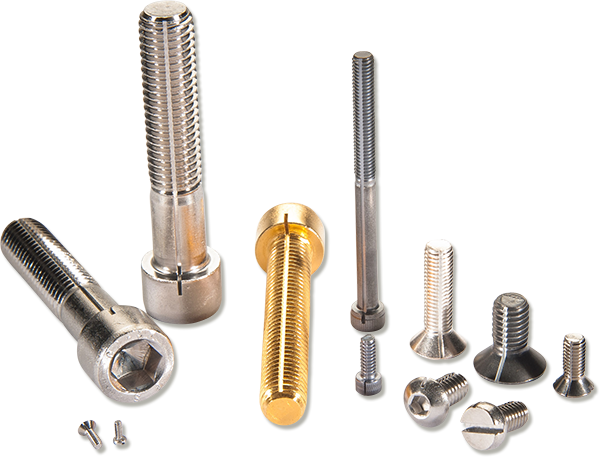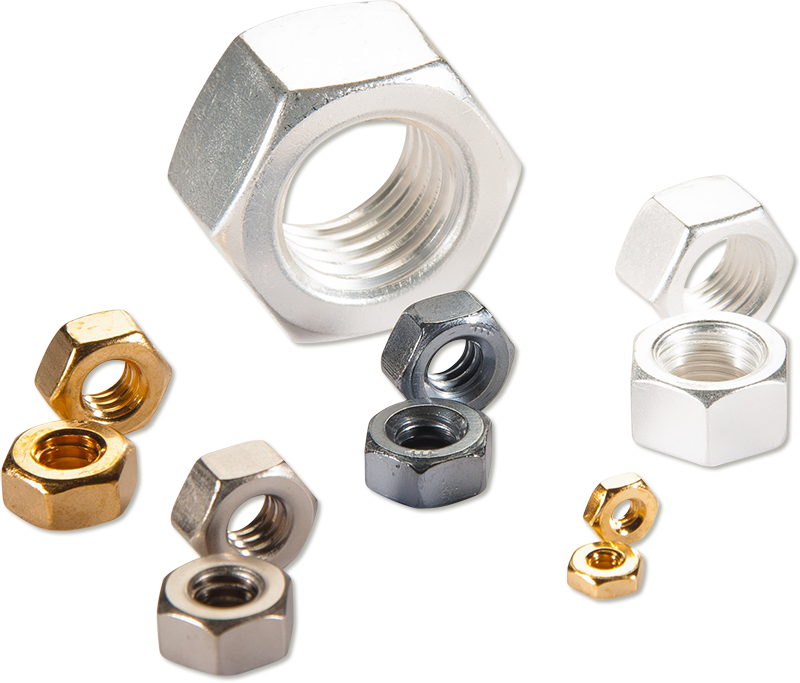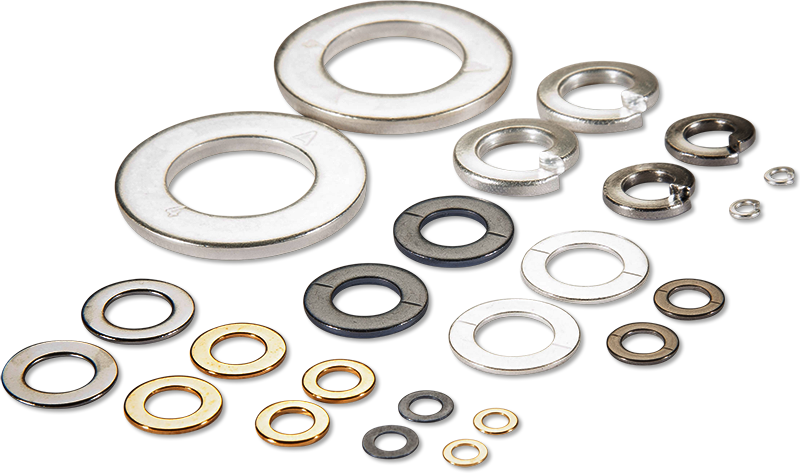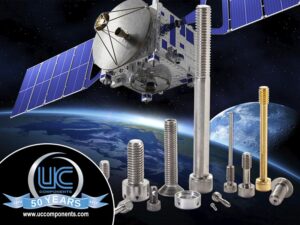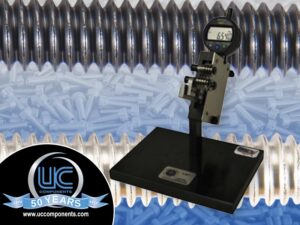What is outgassing and how does it affect your system?
Outgassing, also called offgassing, refers to the release of gas that has become trapped, frozen, dissolved, or absorbed in another material. If left in a high-vacuum system, the gas will eventually condense on sensitive equipment and other surfaces, which could potentially render the system inoperable. Outgassing is a common problem when creating, or maintaining, a clean high-vacuum environment.
What are the most common sources of outgassing?
Many different materials release light-weight molecules that can interfere with the vacuum process, even materials that are not normally considered absorbent (such as metals and glass). Vapor pressure and the rate of chemical reactions at higher temperatures also cause outgassing rates to increase.
The worst sources of outgassing are:
- Plastics
- Elastomers
- Glues
- Porous ceramics
- Porous metals
- Most lubricants
- Heat transfer greases
- Fingerprints, hair, & skin cells
- Dust
- Food
- and more
The most common outgassing issues come from:
- Water vapor
- Oil
- Grease vapor
- Solvents
- Organic materials
Outgassing rates of common materials:
| Material | Rate* (10-9 mbar/sec-cm2) | Rate** (10-8 Torr-liter/sec) |
| Stainless Steel | 13.5 | — |
| Chrome Plated Steel | 7.1 | — |
| Electropolished Stainless Steel | 4.3 | — |
| Aluminum | 6.3 | — |
| Nitrile | 3,500 | 300 |
| KEL-F | 40 | 4 |
| Silicone | 18,000 | 2,000 |
| Fluoroelastomer | 1,140 | 2,000 |
| Baked Fluoroelastomer | 4 | 0.2 |
| Perfluoroelastomer | — | 0.3 |
| PTFE | 300 | 400 |
| Polyimide | 900 | 80 |
| Pyrex Glass | 7.4 | — |
**Peacock, R.N., J. Vac. Sci. Technol., Jan./Feb. 1980
Common fasteners, such as bolts and screws, are needed in virtually every machine and their effectiveness is a key consideration when assembling any type of machinery. Therefore the materials used in their creation and post-fabrication treatments are vital to manufacturers, particularly if they will be used where they will be exposed to corrosive elements, extreme temperatures, extreme pressure, or high levels of physical strain.
With proper manufacture and preparation of your fasteners you can drastically reduce the amount of outgassing in your vacuum system. Utilizing the proper fastener, cleaning surfaces properly, and/or heating individual components (a process called “bake-out”) can help virtually eliminate outgassing in your system.
How do UC’s fasteners solve this problem?
UC Components’ vented screws provide a path for trapped air to be pumped away from the bottoms, sides, and shoulders of blind-tapped holes. This allows for faster, more thorough pump-down of vacuum systems and eliminates virtual leaks and potential contaminants found in these voids. Our RediVac® vented screws promote higher system throughput and improved yield.
Our vented screws are available with center or slot (side) vents. Both vent types offer effective venting in any HV or UHV application. UC offers both inch and metric screw sizes, as well as non-vented screws for through-holes in HV and UHV systems and other applications.
View UC Components, Inc. online parts catalog to find the center- or slot-vented screws, complimenting nuts and washers, and cleaned or vacuum-baked O-rings that you need. Please request a quote or contact us directly to learn more and to place your order.

